

in it for the
back haul
TOGETHER
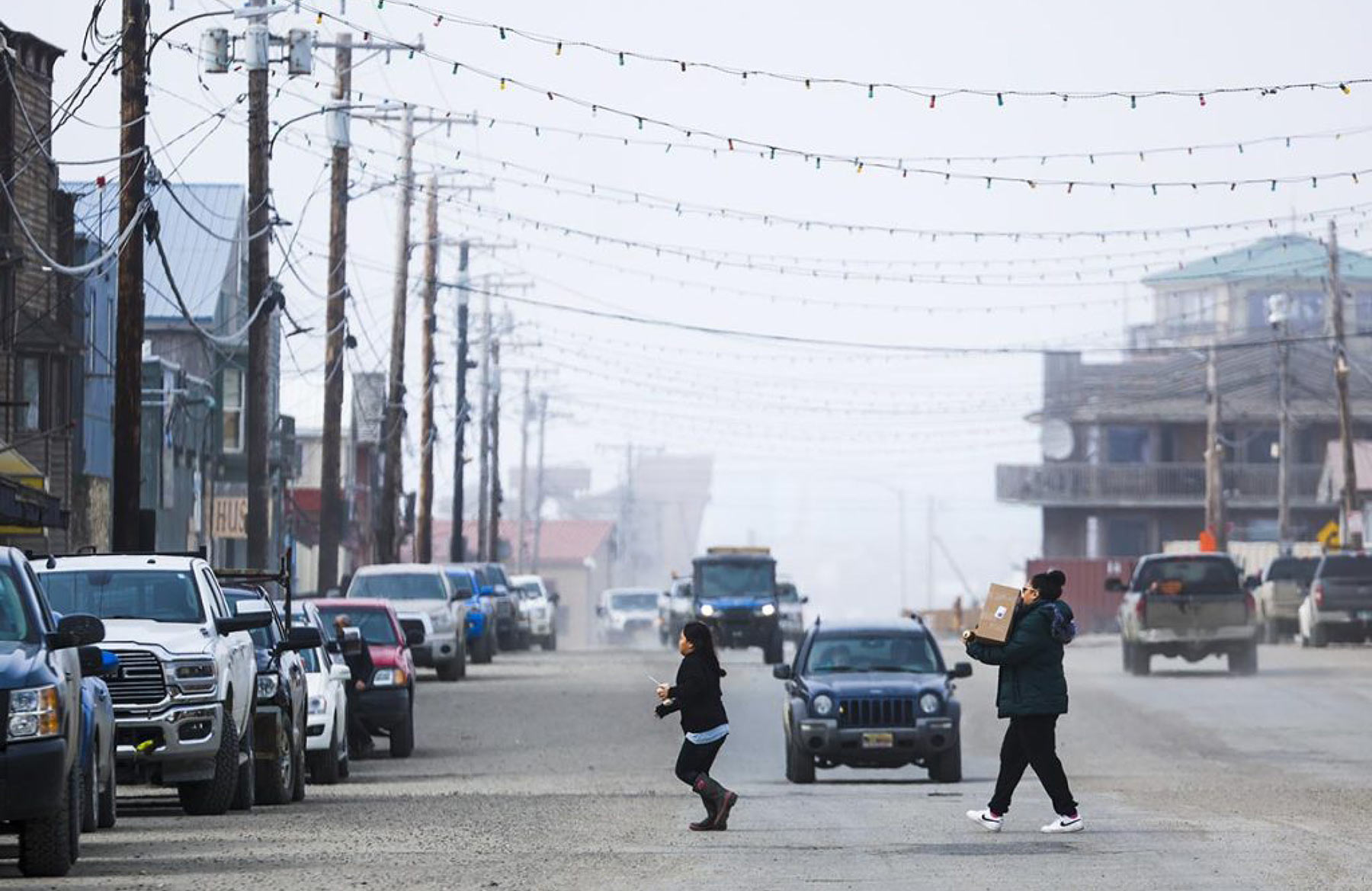
his spring Alaska Air Cargo launched a program to carry up to 50,000 pounds of recyclable waste each year out of Nome, Alaska, supporting clean-up efforts in rural communities along the Bering Sea and saving valuable local water resources.
The recyclables — electronic waste items left over from used consumer goods — are collected from 16 communities around the Seward Peninsula Bering Strait region and packed onto pallets by employees of Kawerak, a Native nonprofit corporation in Nome that is partnering with Alaska Air Cargo in the project. Kawerak also supports the region through programs ranging from education to natural resource management to economic development.
The pallets of recyclables will fly from Nome to Anchorage regularly during the spring-fall seasons, replacing pallets of water that have been used as ballast to level out the aircraft. Air cargo services around the world use ballast after their aircraft drop off cargo and fly back empty, and Alaska Air Cargo’s aircraft carry much more cargo into Nome than they carry out.
“Empty planes fly much better with ballast, but instead of moving water and throwing it away, we’re going to use clean electronic scrap as ballast and really do something good for the community,” said Jeff Olver, Alaska Air Cargo director of cargo operations for Seattle and the state of Alaska. Because the recyclables will replace water jugs that had been filled in Nome to create the ballast weight, this program will also save more than 6,000 gallons of local water each year — the equivalent of 20 days of water used by an average American family household.
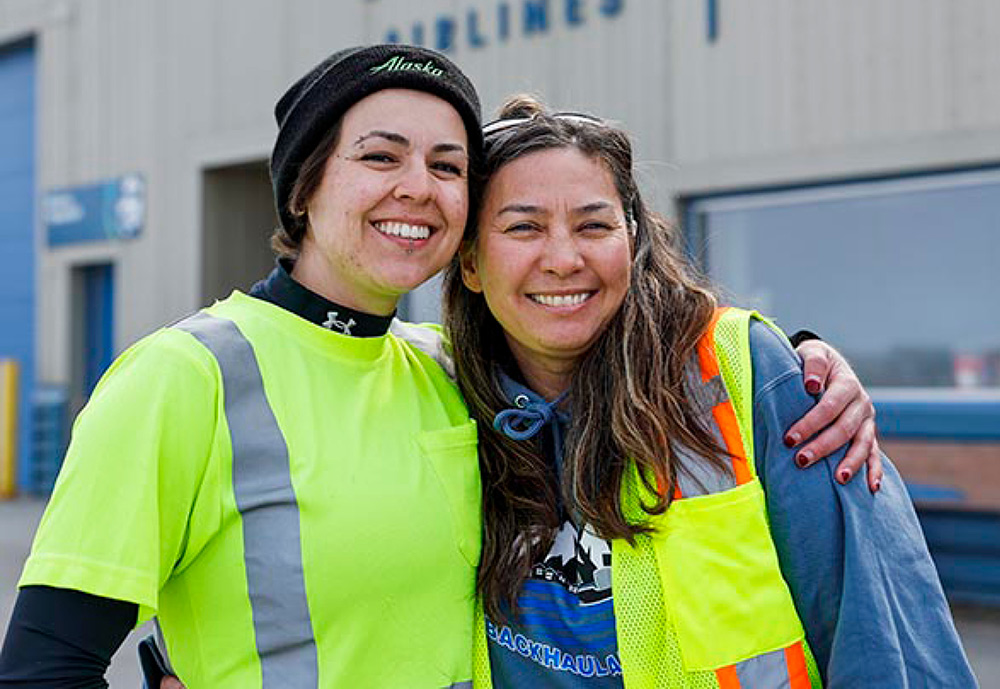
An Alaska Airlines ramp agent’s innovative idea
“Rather than send these empty jugs to Nome, and then fill them all with water to send back, why don’t we just send some of these recyclables?” Tozier wondered. With family roots going back generations in Nome and in the village of Deering on Kotzebue Sound, Tozier had been raised to care for her environment — a responsibility embedded deep in her family’s Inupiaq values — and she saw an opportunity to bring those values into her work with Alaska Airlines. She took the idea to use recycling as ballast to her station manager and the Alaska Air Cargo leadership team.
“Respect for the land and nature is important to us. Any recyclables we can carry out won’t have to remain in this community, where we don’t have the resources to process them.”
The new recycling program joins initiatives across Alaska Airlines to reduce its environmental impact—including replacing the top five waste-producing items in onboard service by 2025—and it allows a smaller station like Nome to contribute to the company’s larger recycling efforts in a big way.
“Our rural terminals don’t have the same resources as our bigger terminals companywide,” Tozier said. “We are responsible for bringing a lot of consumables into the community, and this is a way of taking responsibility, so they don’t all end up in the landfills, which are running out of space.”
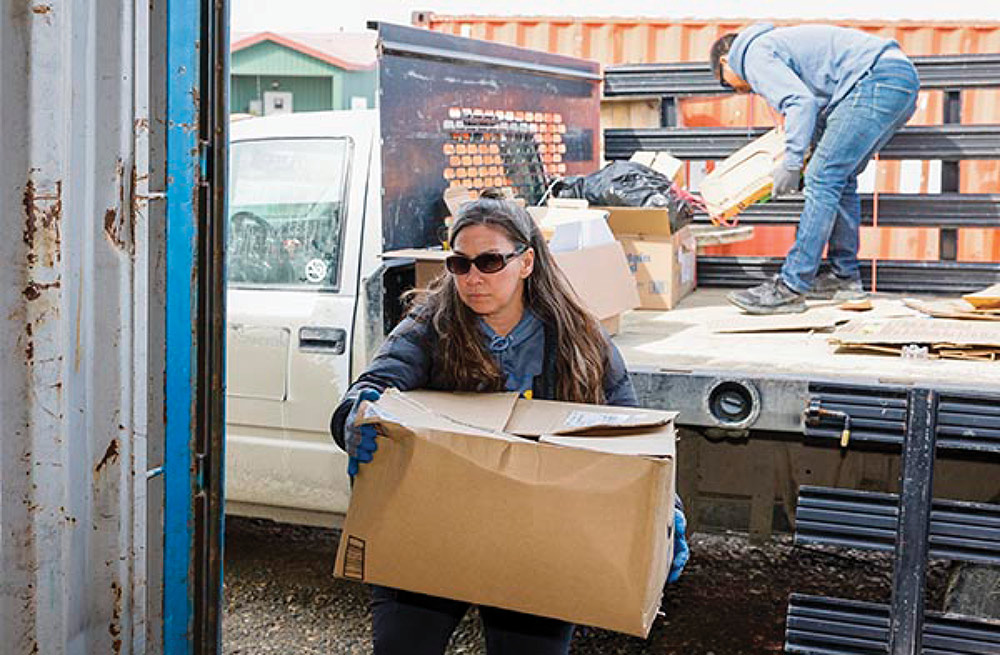
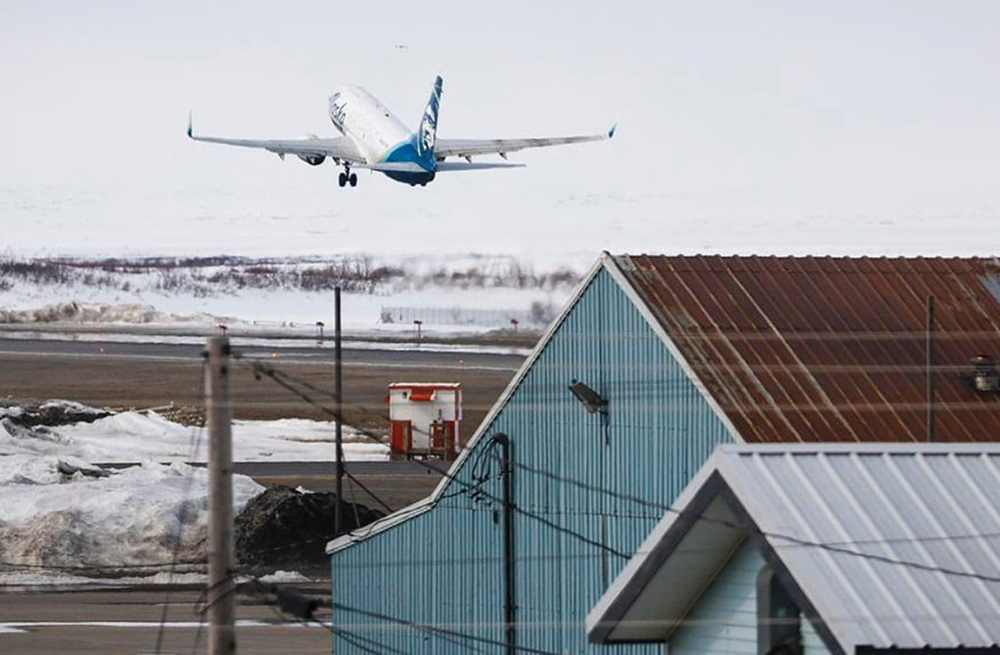
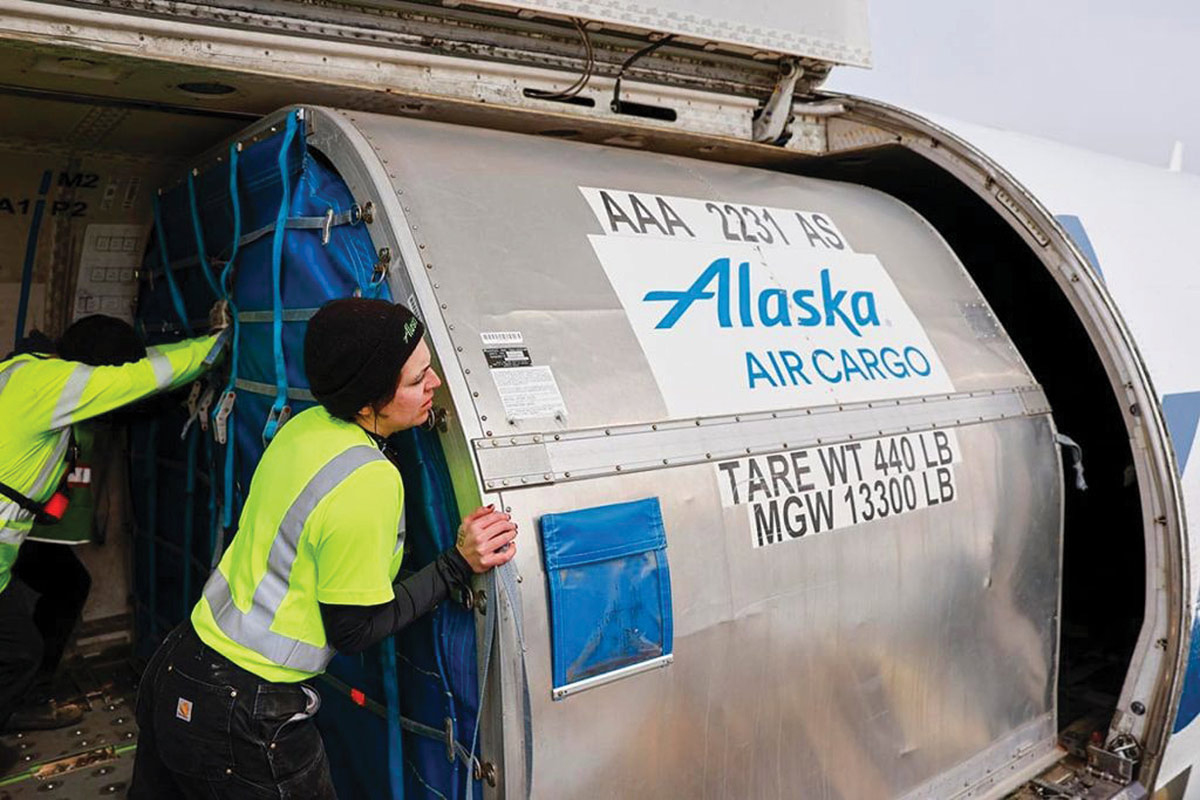
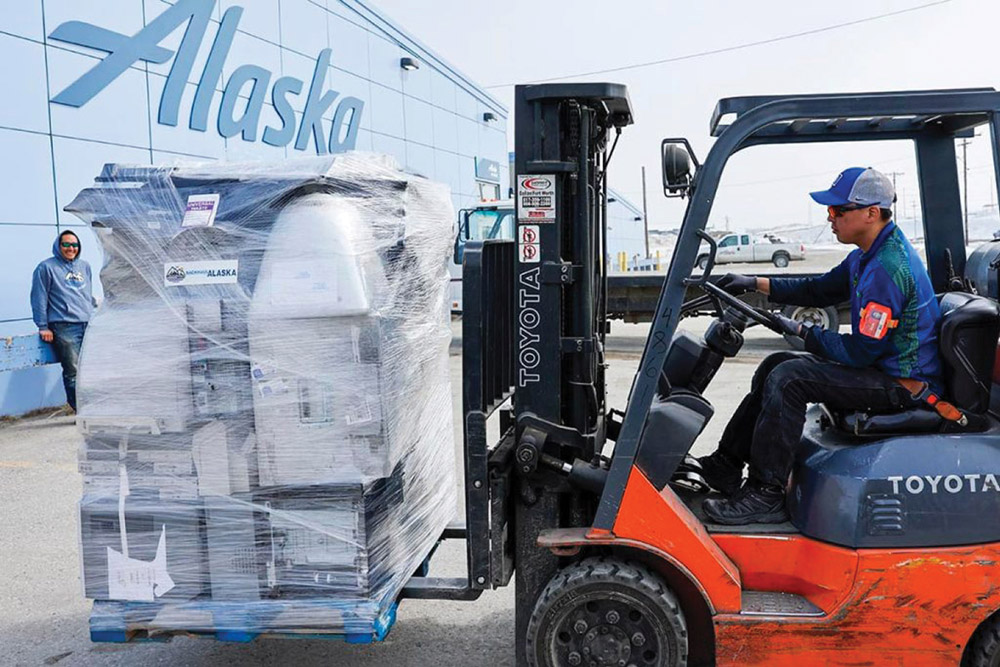
What the program means to the communities
The landfills also have limited space, so rural communities regularly burn trash to make room for more. “By creating a system to get recyclables out of our communities, we’re helping them maintain a clean environment which improves human health,” Shannon said.
Kawerak has been partnering with regional carrier Bering Air for more than a decade to move clean recyclables like electronics, lead-acid batteries and fluorescent bulbs from smaller communities to Nome, and local participation is high. “People save their recyclables so they can be backhauled,” Shannon said. “They want to protect their environment here because they know how essential it is to their livelihood and the subsistence way of life.”
The new partnership with Alaska Air Cargo will allow more of the electronic waste to leave Nome each year and reach recycling plants in Seattle faster. Eliminating wasted water is important to the community, too. “Clean water is valuable and scarce in a lot of places in our world,” Shannon said.
The opportunity to expand to other regions
The biggest benefit is to public health, Shannon said. “People here rely on their environment for subsistence resources all year long,” she said. “They eat the meat, the berries, the greens, they drink the water, and they breathe the air of our environment. The great part about doing this work is that you know you’re contributing to the health of our region’s people.”